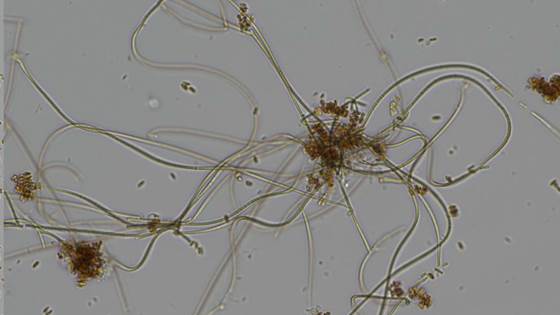
Wasteless 2.0 - Secondary treatment of RAS water and nutrient revalorisation by site-specific microbial biofilm
By turning waste into a resource, we aim to contribute to a more sustainable and circular future for seafood production.

By turning waste into a resource, we aim to contribute to a more sustainable and circular future for seafood production.
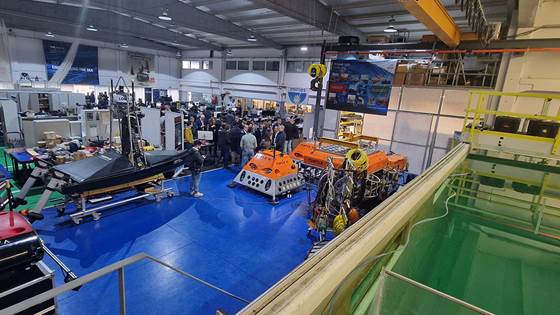
INESCTEC.OCEAN is a Portuguese Centre of Excellence addressing marine structures, marine robotics, ocean energy and ocean data, with SINTEF OCEAN as strategic partner.
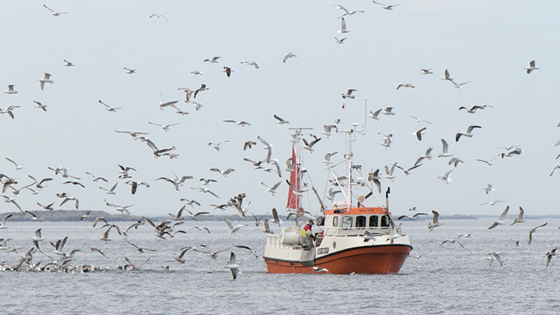
INFINIFISH will create innovations to monitor and mitigate the impacts of fishing on the climate and enable fisheries to adapt to the consequences of climate change.
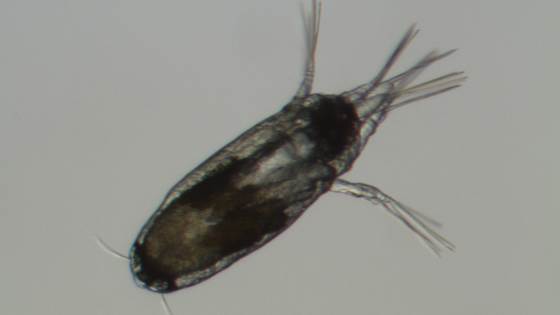
The main goal of the project is to document and quantify the effect of Blue Lice’s technology as a preventive measure against sea lice infestations during a full salmon production cycle at sea.
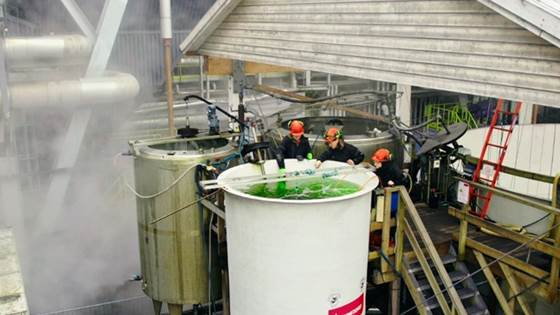
The goal for Microfeed is to be able to use diatoms as a raw material in salmon feed by contributing with documentation to show the effect of diatoms on nutrition, health and quality of salmon fish.
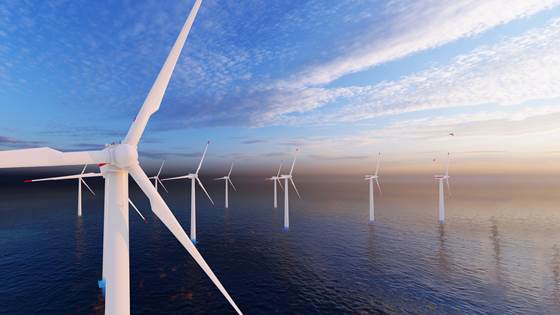
SEADOTs (Social-Ecological Ocean Management Applications using Digital Ocean Twins) has the objective of advancing holistic, just and sustainable ocean management by bringing a predictive component for social-ecological aspects into comprehensive...
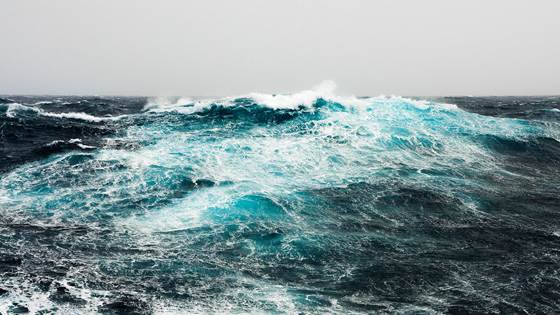
The purpose of the project is to develop new knowledge as well as an integrated model to predict and assess the production environment for new production concepts and locations for exposed aquaculture and offshore aquaculture.
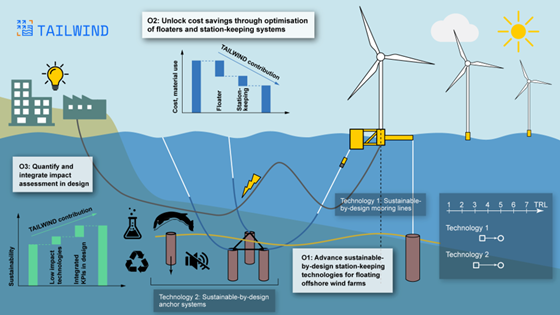
TAILWIND embraces sustainable-by-design principles to shape the next generation of floating offshore wind (FOW) farms.
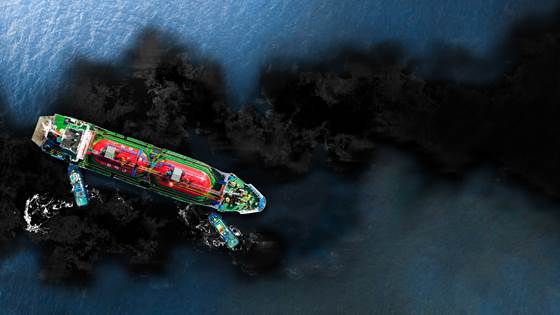
GOSPEL aims to leverage GPU-accelerated simplified ocean models to investigate and estimate uncertainties in short-term predictions of the spread and fate of oil spill at sea.
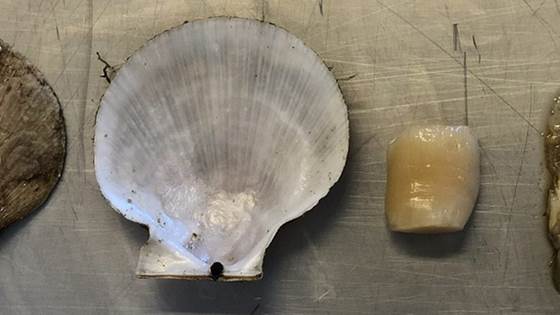
UTANTOX is about reducing heavy metals in marine residual raw material. The aim is to develop a method for reducing cadmium in by-products from Iceland scallops.
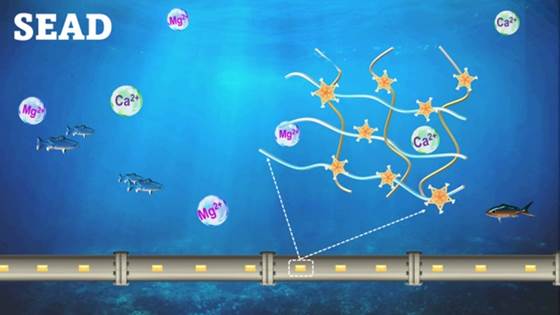
The SEAD project will explore the potential of plant-inspired pyrogallol-based compounds as adhesion anchoring sites.
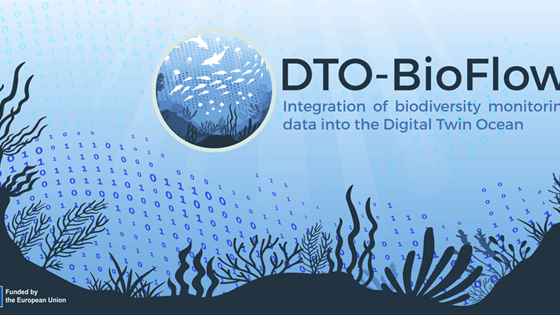
Building the biodiversity component of the Digital Twin of the Ocean
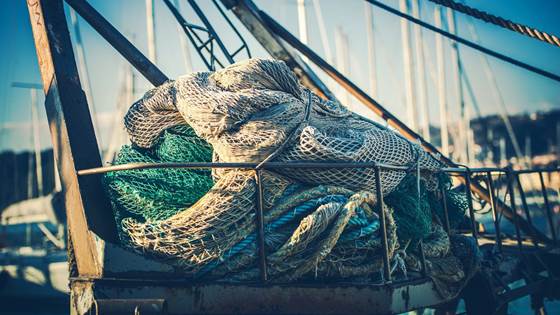
SEARCULAR’s core objective is the reduction of marine litter and microplastics generated by European fisheries (demersal trawlers, demersal seiners, tropical tuna purse seiners) and to promote circular economy practices in the fishing industry.
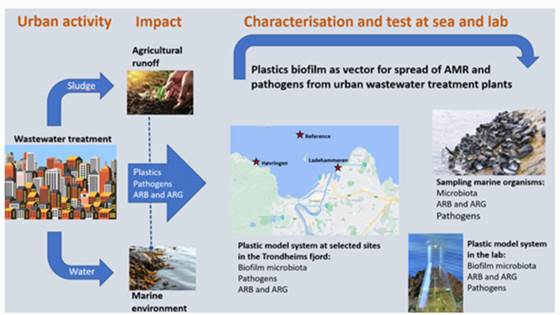
The PlastiSpread project studies the role of the microbial community in biofilms associated with marine plastics, and how they are influenced by variations in urban WW discharges.
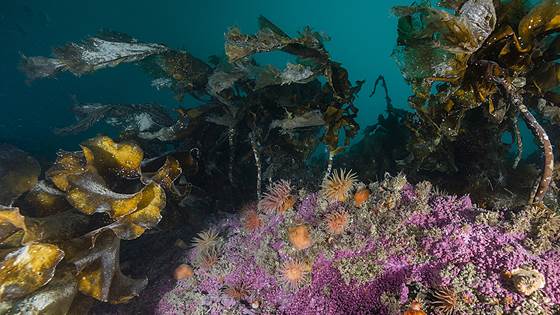
The collaborative project AMBIOS aims to develop the world's first fully autonomous platform for multi-layer mapping of biodiversity in the marine space and validate it on selected use cases in Mid-Norway.
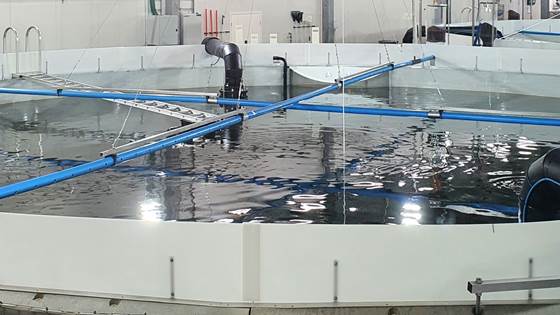
The objective of PathoRAS is to ensure biosecurity measures in Atlantic salmon RAS through a better understanding of how pathogens proliferate, establish, and survive in a complex ecosystem of the RAS environment.
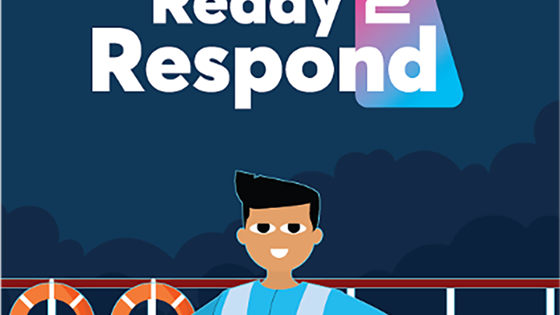
The Ready2Respond project will build an XR simulation/4 scenario-based game to engage pupils of maritime schools in Greece and Norway to new, engaging, playful real-case scenarios.
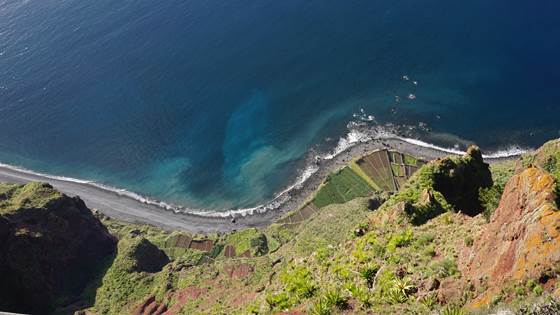
CLIMAREST is an EU-funded research project consisting of 18 partners from along the length of the European coastline. The project belongs to the EU Mission Restore our Ocean and Waters, and is a member of the Lighthouse for the Arctic and Atlantic...